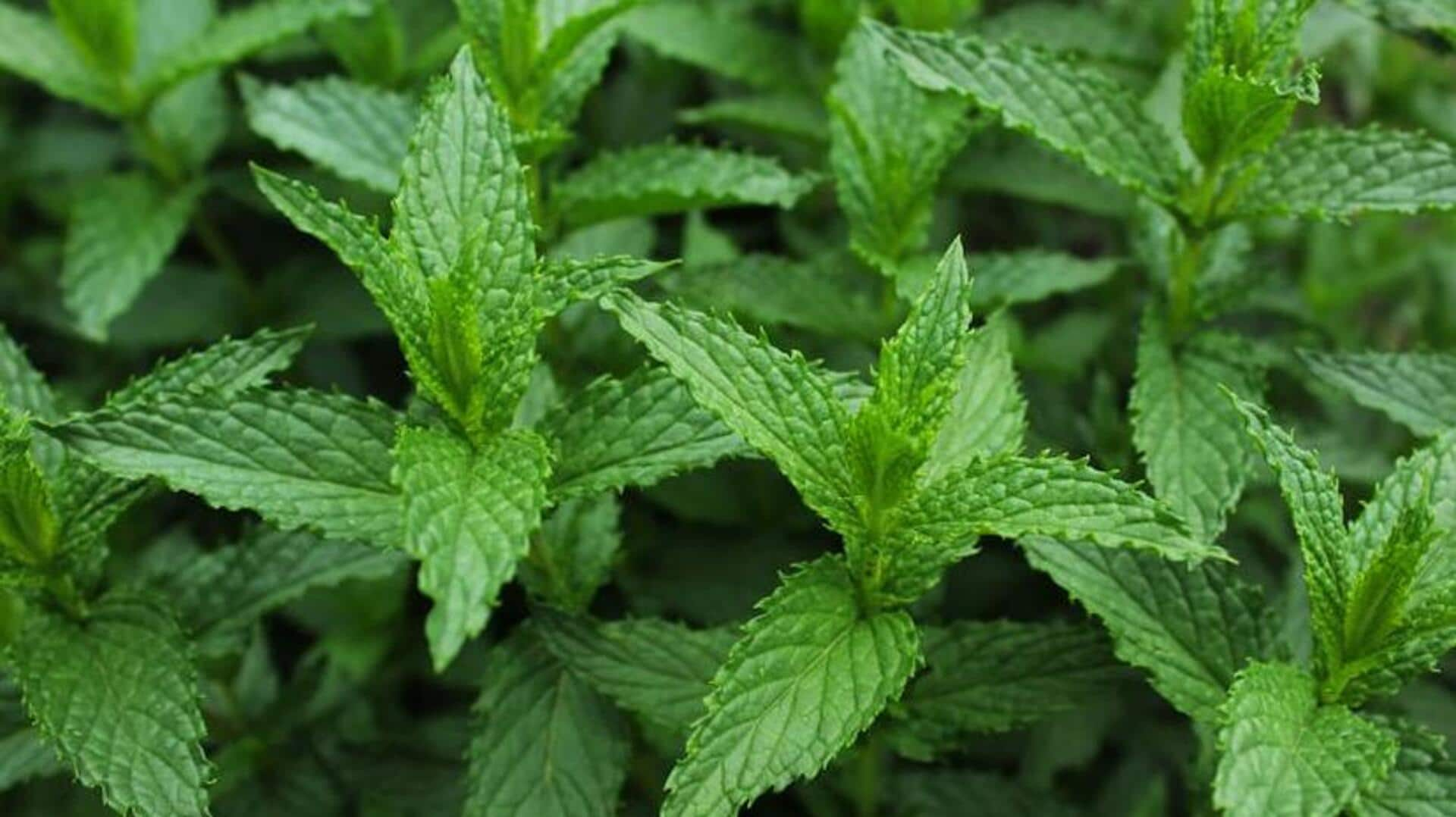
Planting hardy perennial herbs at home
What's the story
Cultivating hardy perennial herbs in your home garden is a gratifying experience, offering a bounty of fresh flavors for your kitchen year after year. These robust plants require little care once established and can flourish in various climates. This article shares key tips for choosing, planting, and caring for perennial herbs, ensuring a bountiful harvest.
Selection
Choosing the right herbs
When starting your herb garden, focus on hardy perennials like rosemary, thyme, sage, and mint. These herbs are known for their toughness, able to survive in various conditions once established. It's crucial to choose herbs suited to your specific climate. Pick herbs that are well-adapted to your local temperature ranges and soil types. This way, you'll ensure they grow and develop successfully.
Preparation
Preparing the garden bed
A well-prepared garden bed is key to thriving perennial herbs. Choose a location that receives at least six hours of sunlight daily and has well-draining soil. If you have heavy clay soils, amend them with compost or sand to improve drainage. Most herbs prefer a slightly acidic to neutral pH level (between six and seven). Test your soil and adjust the pH as needed.
Planting
Planting techniques
Plant perennial herbs in spring or fall during cooler temperatures. Space plants based on their mature size to allow for good air circulation. This helps in disease prevention. Dig a hole twice as wide as the root ball and no deeper than it was in its container. This promotes healthy root growth.
Maintenance
Watering and mulching
Initially, deeply water your newly planted herbs to encourage root establishment in their new environment. Once established, most perennial herbs favor drier conditions and only necessitate watering during extended periods of dryness. To conserve moisture, moderate soil temperature, and suppress weeds, apply a two-inch layer of organic mulch around plants.
Harvest
Pruning and harvesting
Regular pruning keeps your herb plants healthy and encourages continuous growth throughout the season. Harvest leaves early in the morning when their essential oils are most concentrated for the best flavor. Refrain from harvesting more than one-third of the plant at a time. This ensures the plant can recover and regrow quickly.